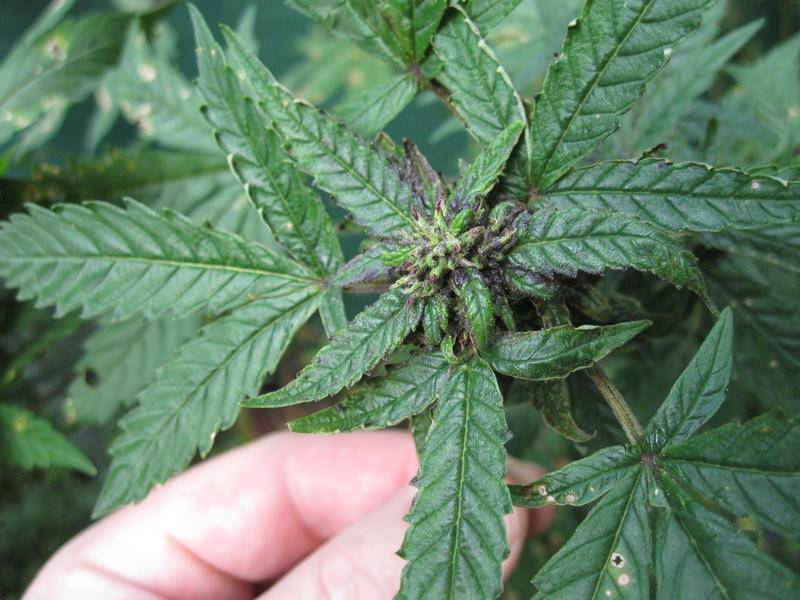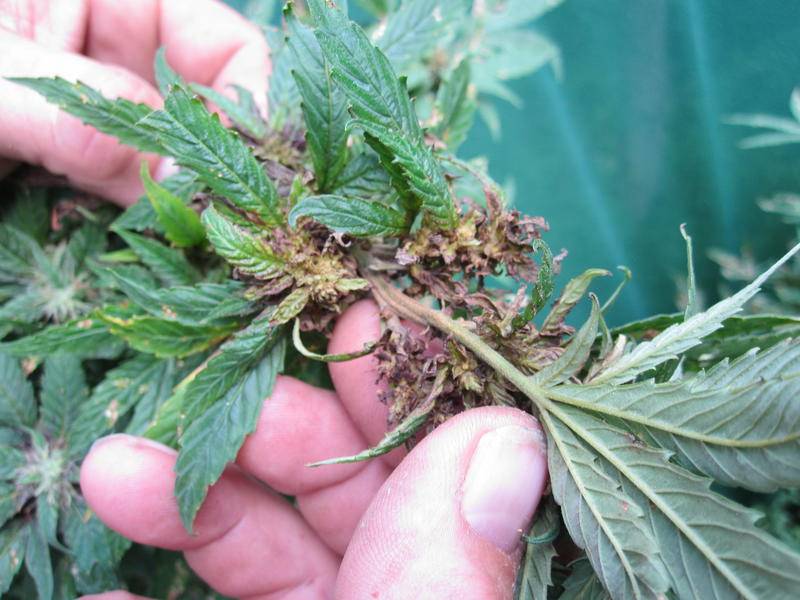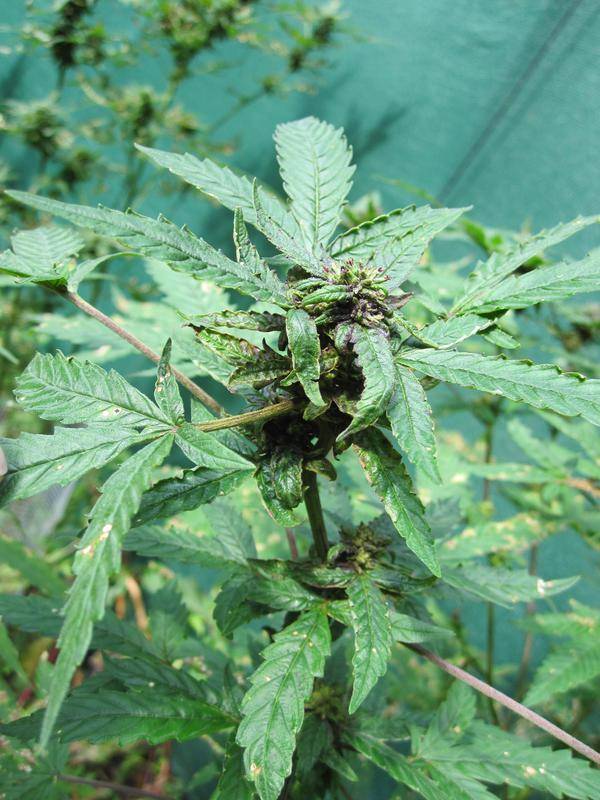MichaelVick
Member
Hey guys. Please help. I have searched the Sick Plant guide and didn't see anything that matched.
Sorry I don't have much info for you as these pics are from a buddy's outdoor garden and I don't have all the specifics. He has been growing for 20+ years and has no idea what happened to them. He's never seen anything like it and asked me to post here to get some ideas.
The sad thing is 95% of the entire garden looks like these pics. A few branches here and there and one entire plant look normal (at the moment) but the entire crop is really trashed. You will see one pic of a good branch.
I asked him if he did anything different this year and he said the only thing he really changed was that he used the Superthrive (pictured) to condition the soil which he has never used. He doesn't think that caused the problem because his other veggies and herbs growing in the same garden getting all the same treatment are looking better than previous years! He also noted that we have had an unusually rainy summer. He said the plants didn't need nearly as much watering as in previous years. We are wondering if the wet weather in the southeast has caused some type of fungus or something.
Any ideas??? If you've seen this before please speak up! We are really disappointed and don't want this to happen again!
PLEASE HELP!





Sorry I don't have much info for you as these pics are from a buddy's outdoor garden and I don't have all the specifics. He has been growing for 20+ years and has no idea what happened to them. He's never seen anything like it and asked me to post here to get some ideas.
The sad thing is 95% of the entire garden looks like these pics. A few branches here and there and one entire plant look normal (at the moment) but the entire crop is really trashed. You will see one pic of a good branch.
I asked him if he did anything different this year and he said the only thing he really changed was that he used the Superthrive (pictured) to condition the soil which he has never used. He doesn't think that caused the problem because his other veggies and herbs growing in the same garden getting all the same treatment are looking better than previous years! He also noted that we have had an unusually rainy summer. He said the plants didn't need nearly as much watering as in previous years. We are wondering if the wet weather in the southeast has caused some type of fungus or something.
Any ideas??? If you've seen this before please speak up! We are really disappointed and don't want this to happen again!
PLEASE HELP!



